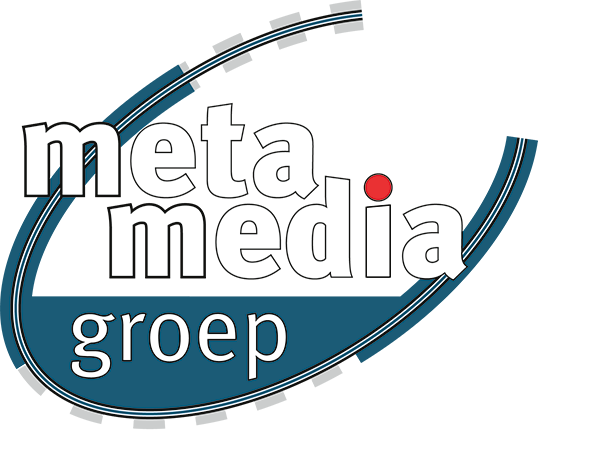
And it's a bunch of rumors and teasers about Meta's upcoming products and services. It's something that reportedly sounds worrying even to some Meta employees.

It's a vague notion that people will soon be spending a large portion of their lives in fully virtual worlds (a notion in which Apple, notably, doesn't seem to believe in right now). It's a pair of not-very-good smart glasses. It's games and experiences on Facebook's Oculus virtual reality platform. Let me tell you what Facebook's metaverse is right now: it's a few tools for meetings in virtual environments. But what is the metaverse, really? While talking about the term, Zuckerberg mentioned virtual reality, augmented reality, games, virtual meetings, and (for some reason) NFTs, among other things, but it's unclear how it all connects in a cohesive whole (by the way, you should read our primer on the history of the term "metaverse"). Nothing strange about that it's the company's new name after all. Soon after, Meta announced massive spending and hiring plans in order to build the metaverse, and the word "meta" started appearing across the company's ecosystem of apps. Last year, Zuckerberg started insisting that Facebook's future is a virtual experience called the "metaverse." In October 2021, Facebook was rebranded as Meta Platforms, a new umbrella corporation that owns social media properties including Facebook, Instagram, and WhatsApp. I guess Meta employees are now referred to by the company as "metamates," which is a continuation of Zuckerberg's insistence of distancing from anything "face" and focusing on everything "meta." It's about taking care of our company and each other." It's about the sense of responsibility we have for our collective success and to each other as teammates. These wisdom nuggets sound nice though they mean very little if the corporation behind them doesn't create an environment in which its employees can truly live by them - and there are indications that Facebook hasn't always done that (unless "long-term impact" means "bigger profits down the line.")īut the one guideline that will surely catch everyone's attention is the mention of "Meta, Metamates, Me," which Zuckerberg claims, "is about being good stewards of our company and mission. Meta employees should "move fast," he wrote, "build awesome things," and "live in the future." They should also "focus on long-term impact," and "be direct" while respecting their colleagues. In a public note posted on Facebook and directed primarily at employees, Mark Zuckerberg, the co-founder of Facebook and CEO of its umbrella company Meta Platforms Inc, has outlined a new set of values that he believes the company's employees should adhere to. And it's not going to stop until the word is imprinted in your brain - even though no one is really sure what it means. "images/large/" will capture failures from URLs such as "images/large/whatever/img.jpg".The company formerly known as Facebook would like you to know that it's all about the metaverse. You can capture specific URLs but also URL prefixes. Both URIs must from the same origin as the manifest file. The first URI is the resource, the second is the fallback used if the network request fails or errors. Most sites need "".Īn optional section specifying fallback pages if a resource is inaccessible. You can white-list specific URLs here, or simply " ", which allows all URLs. Files listed under this header (or immediately after the CACHE MANIFEST) will be explicitly cached after they're downloaded for the first time.įiles listed in this section may come from the network if they aren't in the cache, otherwise the network isn't used, even if the user is online. html filesĪ manifest can have three distinct sections: CACHE, NETWORK, and FALLBACK. # offline.html will be served in place of all other. # offline.jpg will be served in place of all images in images/large/ # static.html will be served if main.py is inaccessible


# Resources that require the user to be online. Then create cache.manifest file with content of what you want to cache i.e CACHE MANIFEST
#Media meta html code#
In the beginning of code you need to use this:


 0 kommentar(er)
0 kommentar(er)
